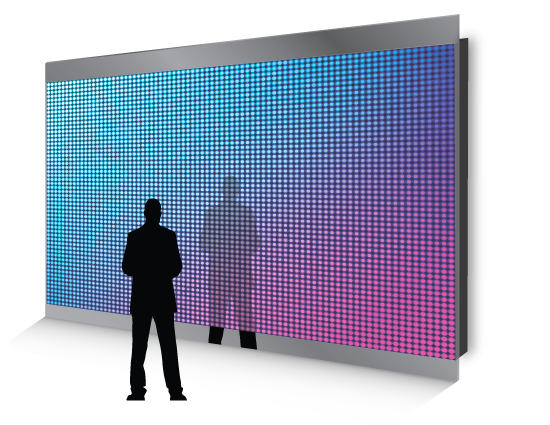Light Emitting Diode display units have secured traction for their ability to deliver high-quality visuals in various settings, from professional environments to event venues. One of the primary aspects of these systems is their interface capabilities, which allow users to connect them to multiple devices and systems. Understanding the broad connectivity options available for LED wall panels is essential for enhancing their use and effectiveness. This discussion explores these features, showcasing how they can cater to various needs and preferences.

One common interface method for LED wall panels is High-Definition Multimedia Interface. High-Definition Multimedia Interface is widely known for delivering high-quality video and audio streams between components. This interface type is particularly beneficial in business settings, such as conference rooms or training rooms, where presentations or video content are often shared. By using digital connectors, users can seamlessly connect laptops, projectors, and streaming devices to Light Emitting Diode wall panels, ensuring a sharp and vibrant display of media.
Another commonly used connectivity option is Display Port, which is similar to HDMI but offers enhanced benefits. DisplayPort can support higher refresh rates and display outputs, making it an ideal choice for gaming or graphic-intensive applications. For those deploying Light Emitting Diode wall panels in environments where output quality is critical, such as esports arenas or creative workspaces, DisplayPort can provide the necessary visual clarity. Moreover, many modern computers and graphics cards feature DisplayPort connections, making it a practical option for technology-oriented users.
In addition to High-Definition Multimedia Interface and Display Port, cordless connectivity options are becoming increasingly common in Light Emitting Diode wall panel solutions. Cable-free connections allow users to share content without the requirement for physical cables, enabling a cleaner and more flexible setup. Platforms view it such as wireless internet and Bluetooth enable users to connect smartphones, tablets, and laptops directly to Luminescent Diode wall panels without tangled wires. This versatility is especially beneficial in dynamic environments like trade shows or events, where rapid changes to displays are often required.
For extensive deployments or more intricate configurations, network connectivity through Ethernet is another viable option. Ethernet links provide a stable and robust way to integrate multiple LED wall panels within a network. This setup is ideal for digital signage applications found in shopping malls or transport hubs, where multiple panels may need to present coordinated content across a wide area. By using Ethernet cables and network switches, users can ensure that all connected panels receive uniform data and content efficiently.
Finally, it's crucial to evaluate the evolution of interface technology with advancements such as USB-C and Thunderbolt 3. These newer connection types offer increased data transfer speeds and versatility by allowing one cable to handle both power delivery and data transmission. As more devices adopt these standards, LED wall panels equipped with USB-C ports will likely become more common. This evolution in connectivity not only enhances the functionality of Luminescent Diode wall panels but also coincides with the emerging trend of minimalistic design in hardware arrangements by minimizing the number of wires visit the site required.
In summary, examining the broad interface methods available for LED wall panels reveals many possibilities for users across various fields. From conventional approaches like High-Definition Multimedia Interface and Display Port to contemporary cordless technologies and LAN setups, each pathway serves specific functions suited to specific needs. Additionally, emerging technologies like USB-C promise further advancements in how users interact with Luminescent Diode wall panels. By grasping these integration alternatives, end-users can make strategic selections that enhance their overall experience with these versatile display tools.